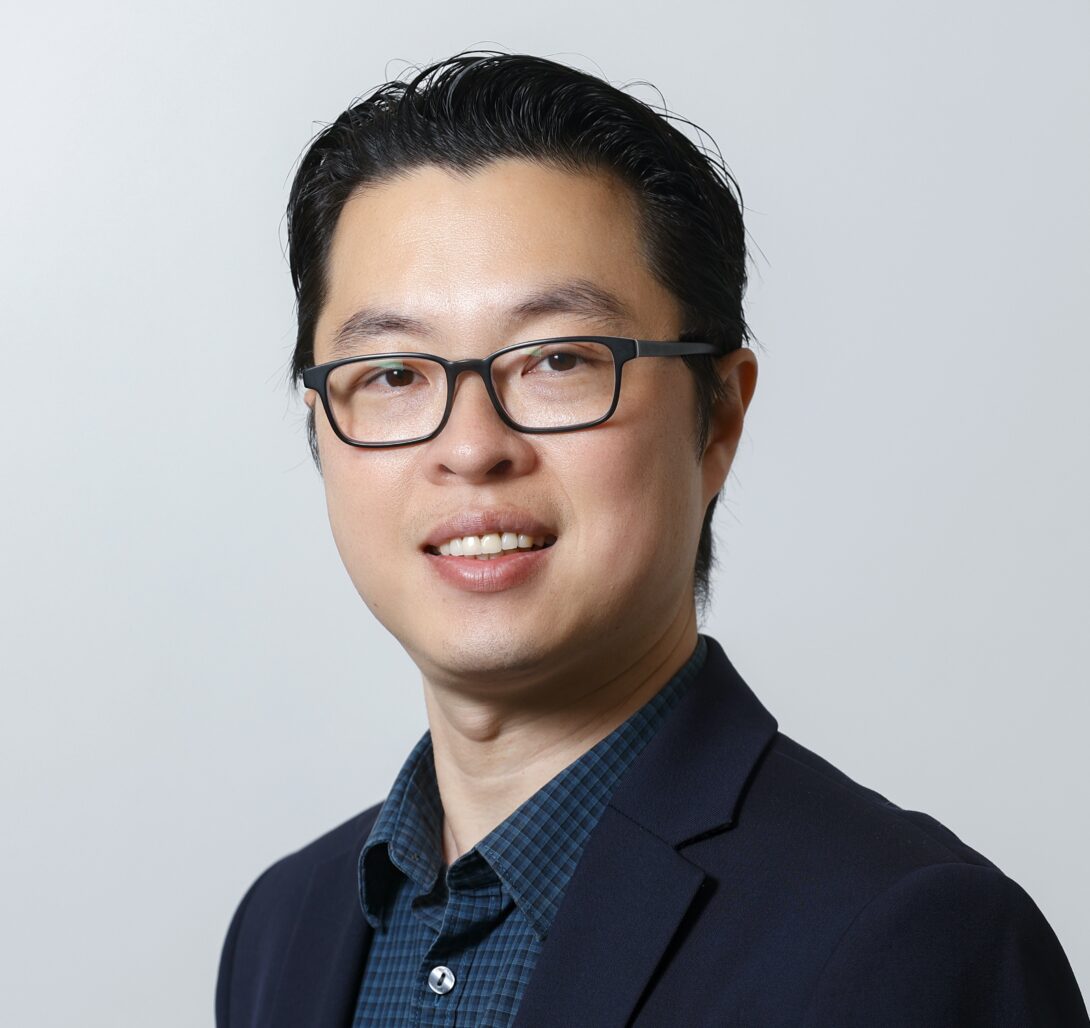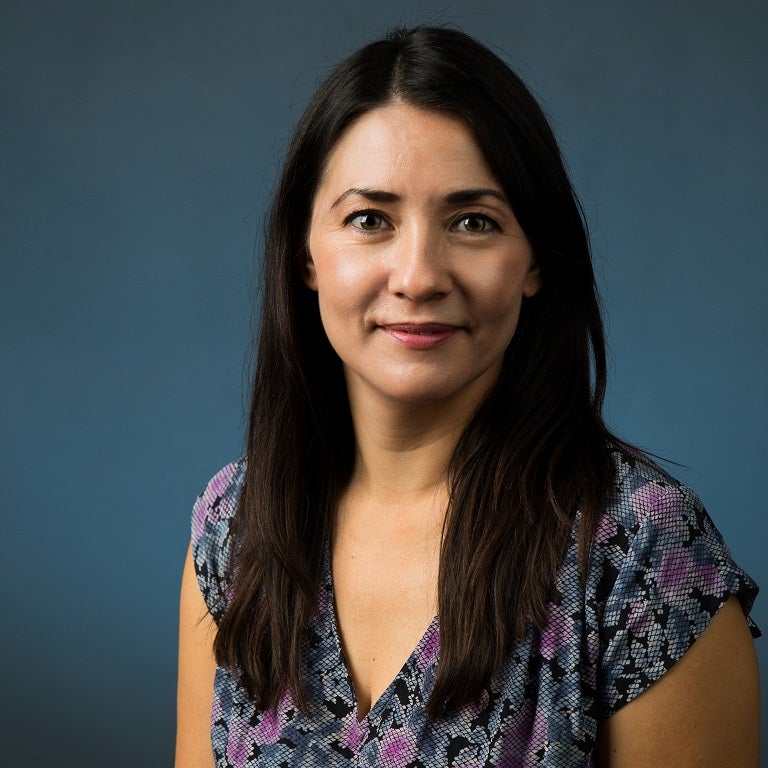Senior design project evolves to support cell therapy biomanufacturing

block Heading link

A project that began almost three years ago during a senior design course for Richard and Loan Hill Department of Biomedical Engineering undergraduate students has expanded to make the device more user-friendly, accurate, and modular.
Based on work from Associate Professor of Pharmacology and Biomedical Engineering Jae-Won Shin, Clinical Associate Professor Anthony Felder, Tommy Puttrich, Steven O’Donnell, and their senior design group created a magnetic agitation device that can maintain consistent colloidal suspension of cells for biomanufacturing cell therapy purposes.
Puttrich and O’Donnell are co-first authors of a recent paper published in PLoS ONE that describes their ongoing work on the device. Shin and Felder are co-corresponding authors of the paper and jointly supervised the project.
block 2 Heading link

Shin explained that a lot of his research consists of manufacturing cells in microscale environments that consist of hydrogels that can serve as a protective carrier and a signal depot for individual cells. The magnetic agitation device controls the consistency of cell suspension for collection during an experiment.
“The main issue has been keeping cells in suspension in a consistent manner because without any kind of intervention, these cells will settle down and end up with inconsistent products, such as empty microcarriers,” Shin said. “The general idea is that the ability to keep any of the colloid suspensions consistent in the context of biomanufacturing process can be broadly applicable beyond even the cell therapy.”
“Low velocity will decrease the probability that cells in suspension will be uniformly distributed in the liquid, so the device controls the consistency,” Felder said.
block 3 Heading link

As the device became more user friendly, it meant that it could be set up and left to run giving researchers the ability to begin a parallel experiment automating the process. The device itself took out the inconsistent and manual work a person would do without the device.
“As we evolved the device and added more features to it, the function of the device never suffered,” Puttrich said. “I think that was one of the better aspects of this work. The new features complement the device because it’s easy to use and it is a substitute for a person having to sit there and stir every couple of minutes for two hours.”
These changes make it easier to maintain cell integrity and allow researchers to better manage their time. Keeping a strict time frame for everything also gives researchers a much more accurate result.
Richard and Loan Hill Clinical Professor Miiri Kotche advised the senior design course.